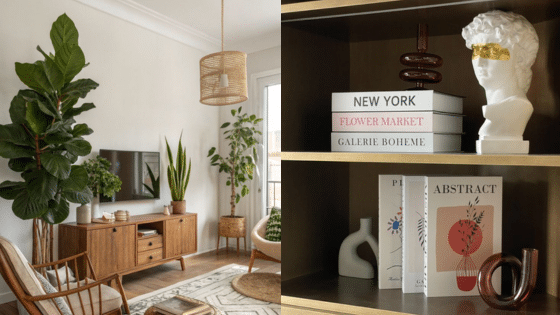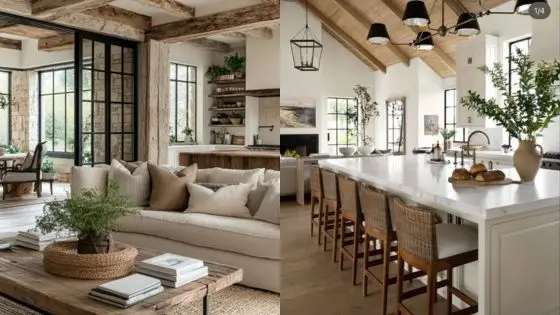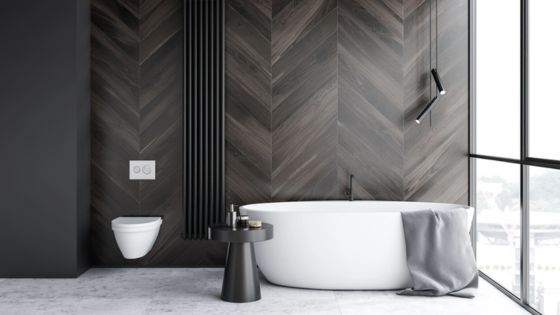A Persian Isfahan rug is more than just a floor covering—it’s a statement piece, a conversation starter, and a window into centuries of Persian artistry. Whether you’re a collector, a design enthusiast, or simply someone looking to elevate your space, learning how to incorporate an Isfahan rug into your home begins with understanding what makes it so special.
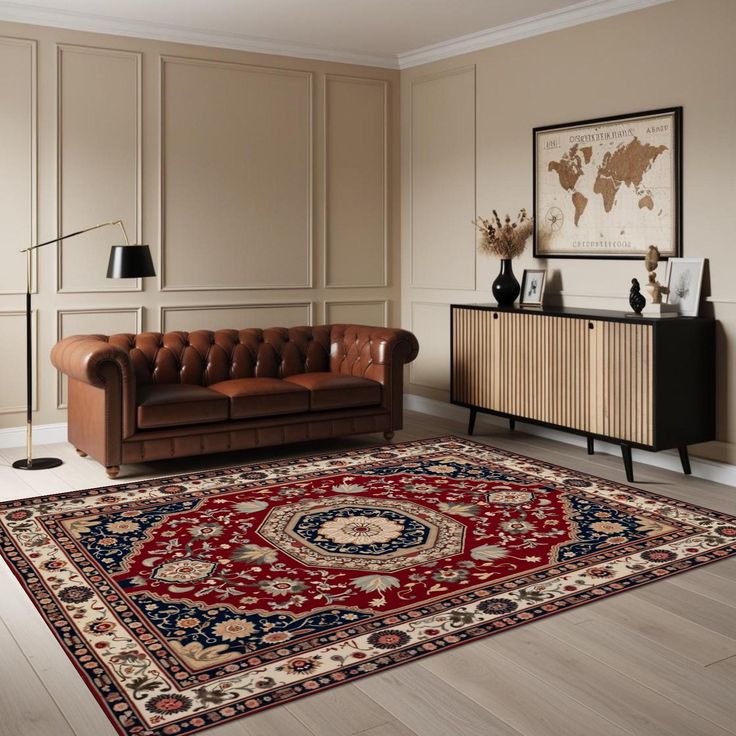
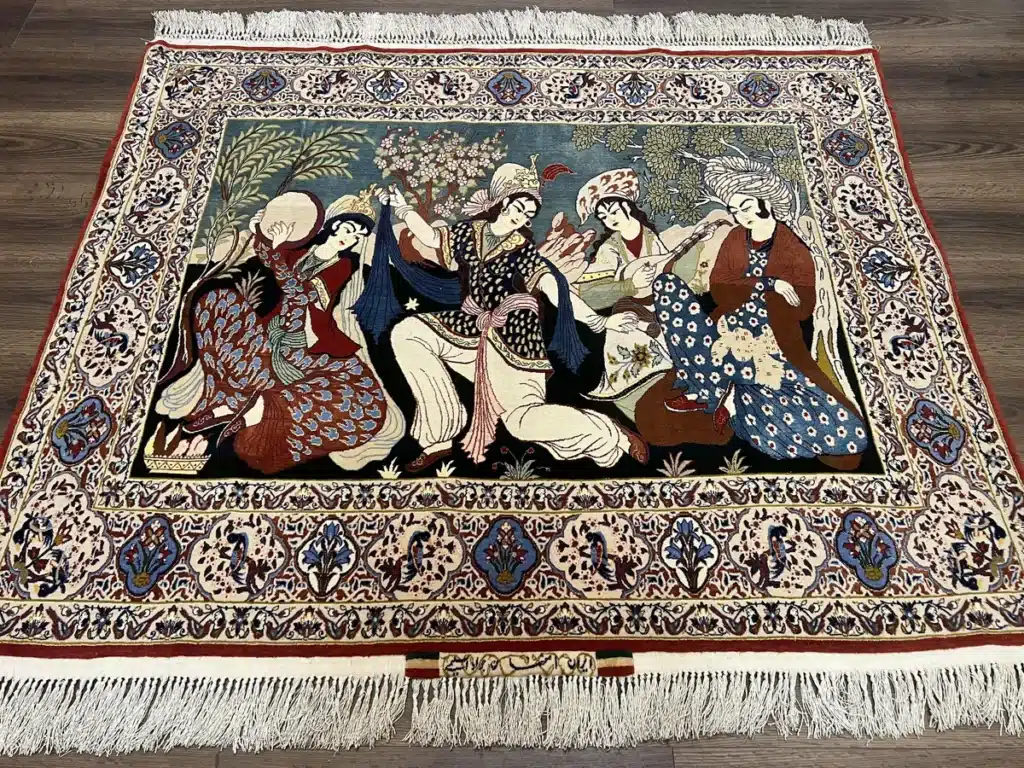
What Is a Persian Isfahan Rug?
Isfahan rugs hail from the historic city of Isfahan in central Iran, a region renowned for producing some of the finest carpets in the world. These rugs are celebrated for their precise craftsmanship, delicate detailing, and refined aesthetics. Traditional Isfahan rugs are hand-knotted using high-quality wool, often with silk inlays or even full silk foundations. Their knot density is typically very high, resulting in a smooth, luxurious pile and astonishing clarity in the design.
What really sets Isfahan rugs apart is their signature style—central medallions, intricate arabesques, vine scrolls, and meticulously balanced floral motifs, often in a palette of ivory, sapphire blue, soft reds, and subtle greens. Many also incorporate traditional Persian architectural elements and patterns inspired by Safavid-era art.
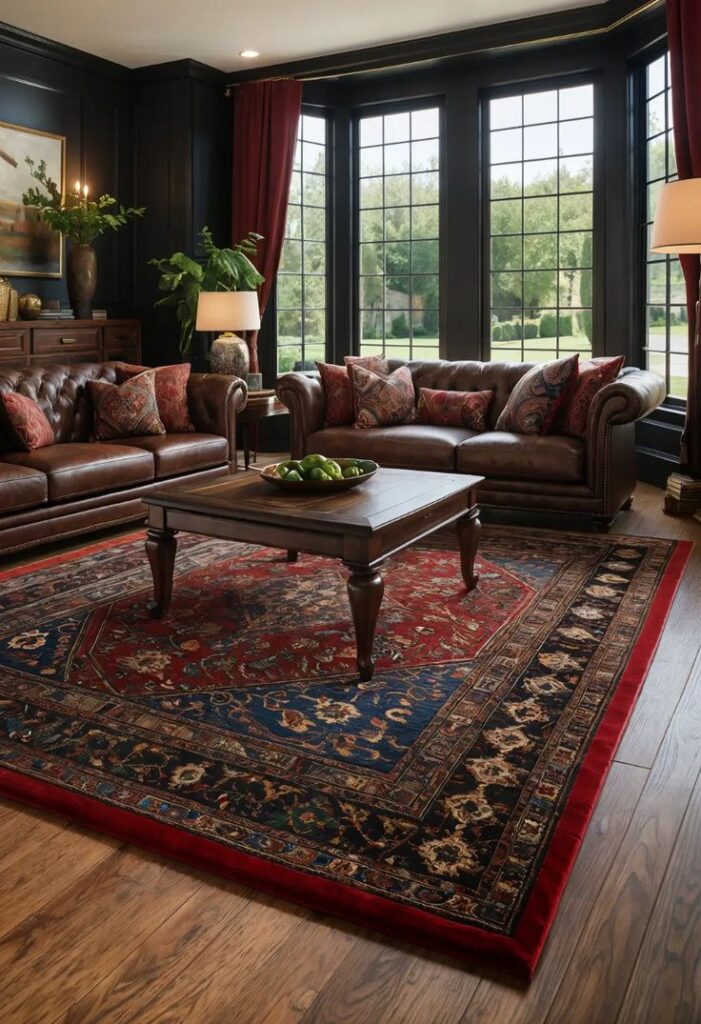
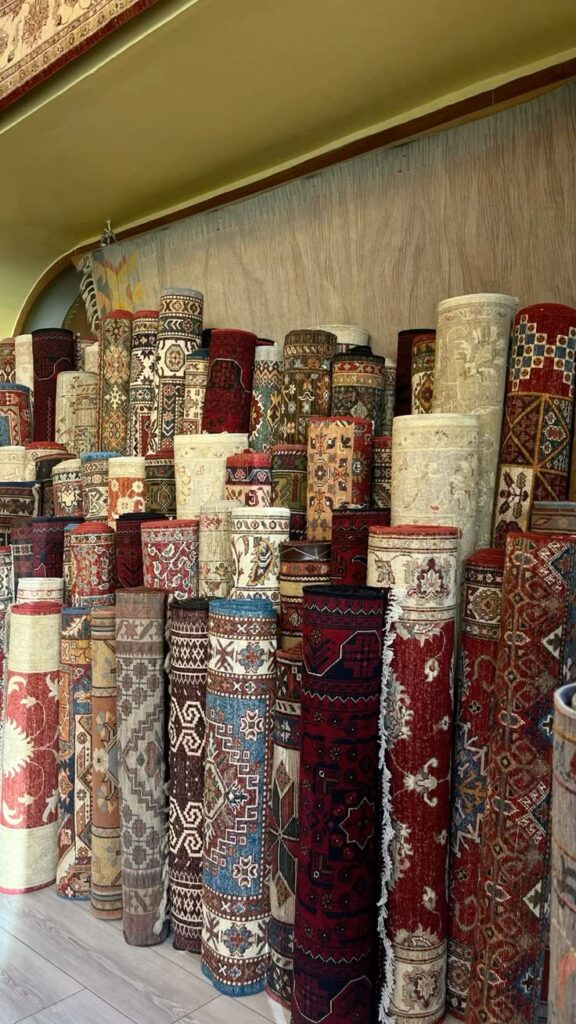
What Décor Styles Work Well with an Isfahan Rug?
- Contrary to the belief that Persian rugs only belong in antique-filled traditional homes, an Isfahan rug can complement a surprising variety of interior design styles:
- Traditional: This is a natural pairing. The refined elegance and symmetrical designs of Isfahan rugs beautifully enhance classic furnishings, ornate woodwork, and vintage decor.
- Transitional: In homes that blend old and new, Isfahan rugs act as the perfect bridge. Their timeless patterns add history and character to spaces with clean-lined furniture or minimalist layouts.
- Modern: A well-chosen Isfahan rug can ground a modern room, adding warmth and visual interest. Its intricate details contrast beautifully with minimalist furniture and neutral color palettes.
- Bohemian or Eclectic: Layering an Isfahan rug with other textiles, plants, and vintage objects creates a rich, collected look with depth and personality.
- Formal Spaces: Due to their elegance and symmetry, Isfahan rugs shine in dining rooms, formal living rooms, and entryways where you want to make a graceful first impression.
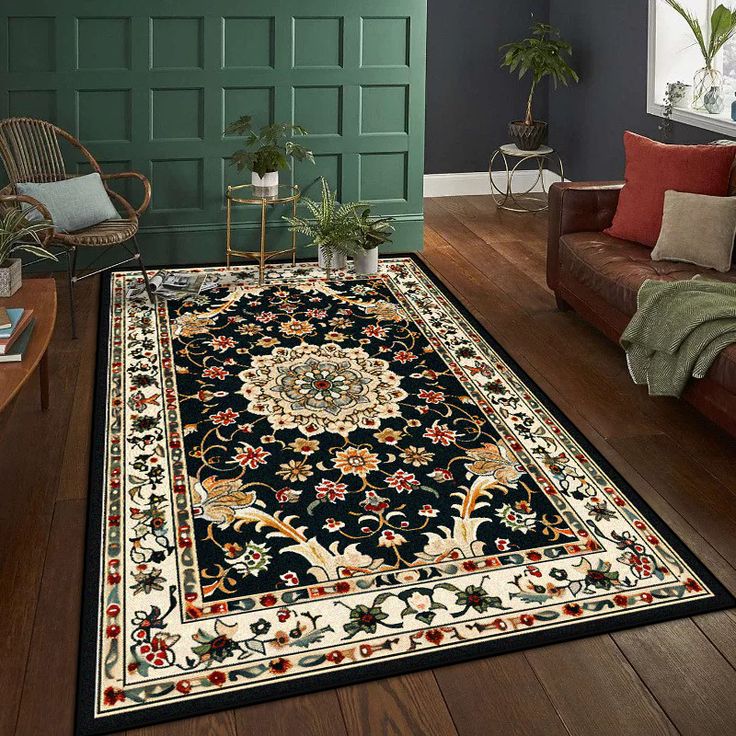
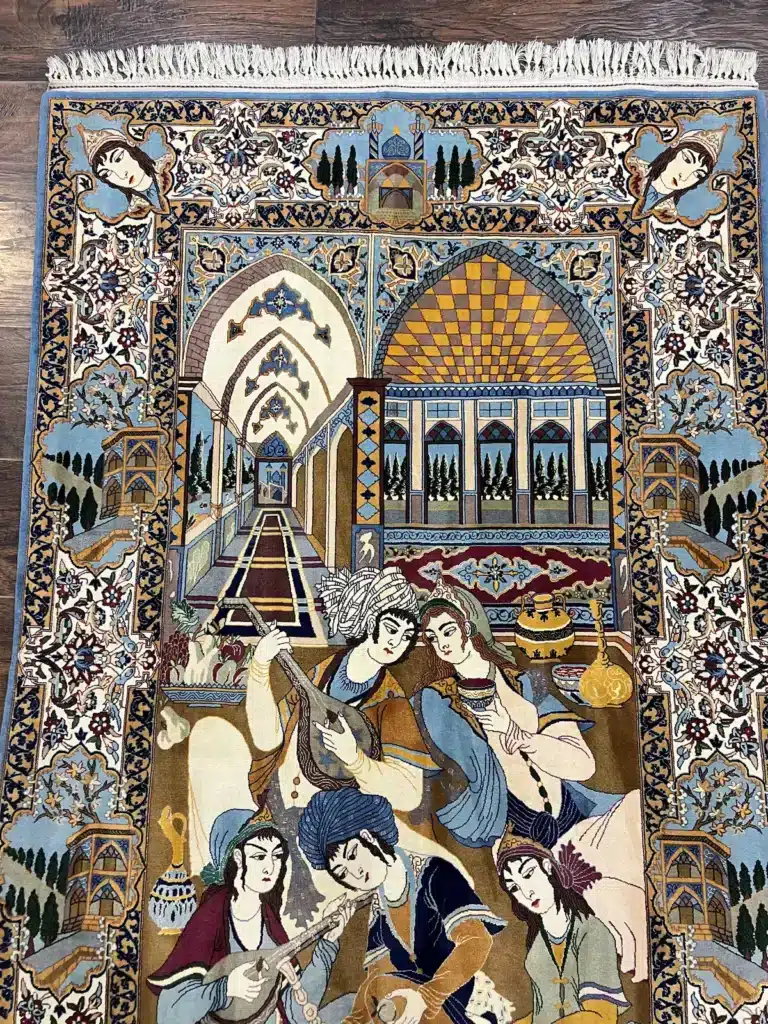
How to Style an Isfahan Rug
Here are some thoughtful, practical ways to incorporate an Isfahan rug into your space:
1. Let It Be the Star
Because of its rich patterns and regal tones, an Isfahan rug often works best as the visual anchor of a room. Choose complementary furnishings that don’t compete with the rug—think solid-colored upholstery, minimalistic furniture, or pieces in natural wood tones. If the rug features red and navy, for example, balance it with beige or ivory furnishings to let the design breathe.
2. Pair It with Light Walls and Furniture
The intricate patterns and jewel-like colors of an Isfahan rug pop beautifully against light walls and furnishings. Creams, pale greys, and soft whites provide the perfect backdrop that won’t overshadow the rug’s artistry.
3. Use It in a Formal Dining Room
Isfahan rugs are an excellent choice under a dining table, especially in a room with classic or transitional decor. Just be sure the rug is large enough that chairs stay fully on the rug when pulled out. Crystal chandeliers, upholstered chairs, and mahogany furniture can complete the look.
4. Balance It with Art and Accessories
When styling a room with an Isfahan rug, tie in accessories with hints of the rug’s colors. Artwork with similar hues, silk drapes, or vases that echo the floral motifs can make the space feel cohesive without being overly matched.
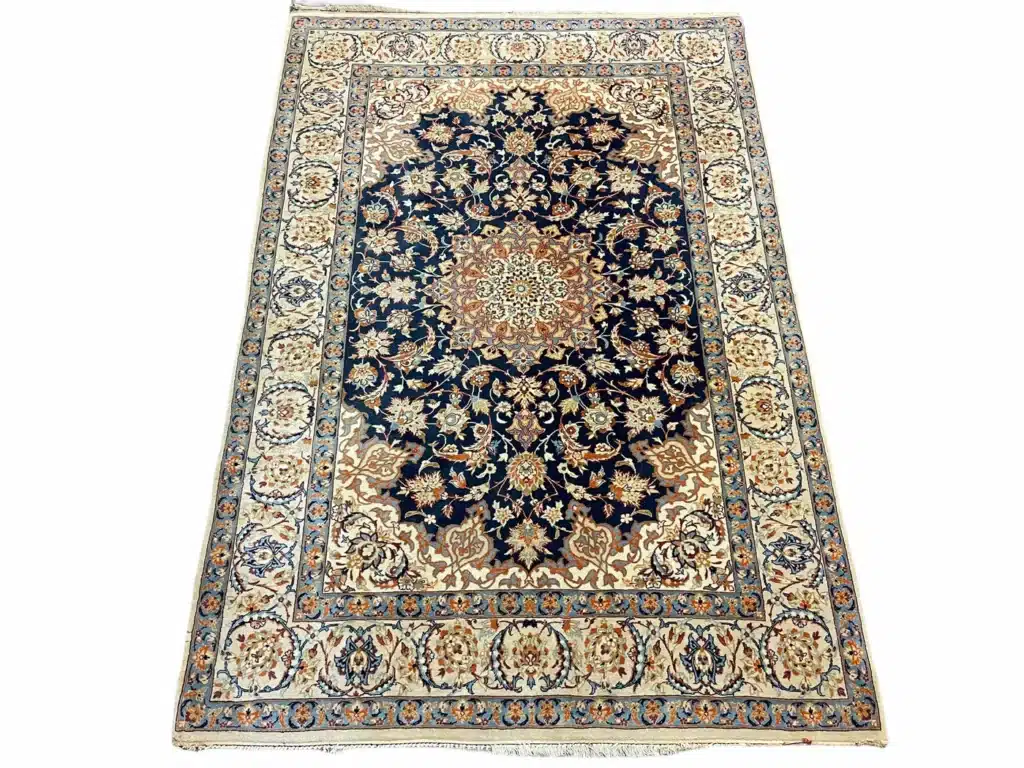
5. Layer with Texture
To keep the room from feeling too formal, add texture—linen curtains, velvet throw pillows, or a leather armchair can soften the elegance of the rug and make the room more inviting.
6. Frame It with Negative Space
Avoid cluttering every corner of the rug with furniture. Leave some of the border exposed if possible. This allows the full design to shine and respects the craftsmanship that went into it.
7. Consider the Lighting
Good lighting—natural or artificial—can enhance the silk accents and subtle color gradations in an Isfahan rug. If your room has limited natural light, consider warmer-toned bulbs to bring out the rug’s richness.
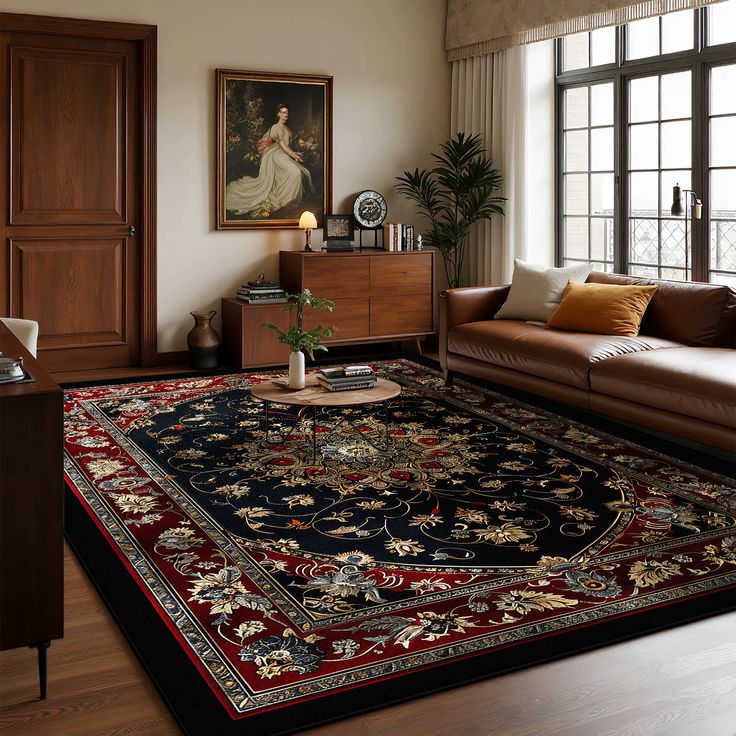
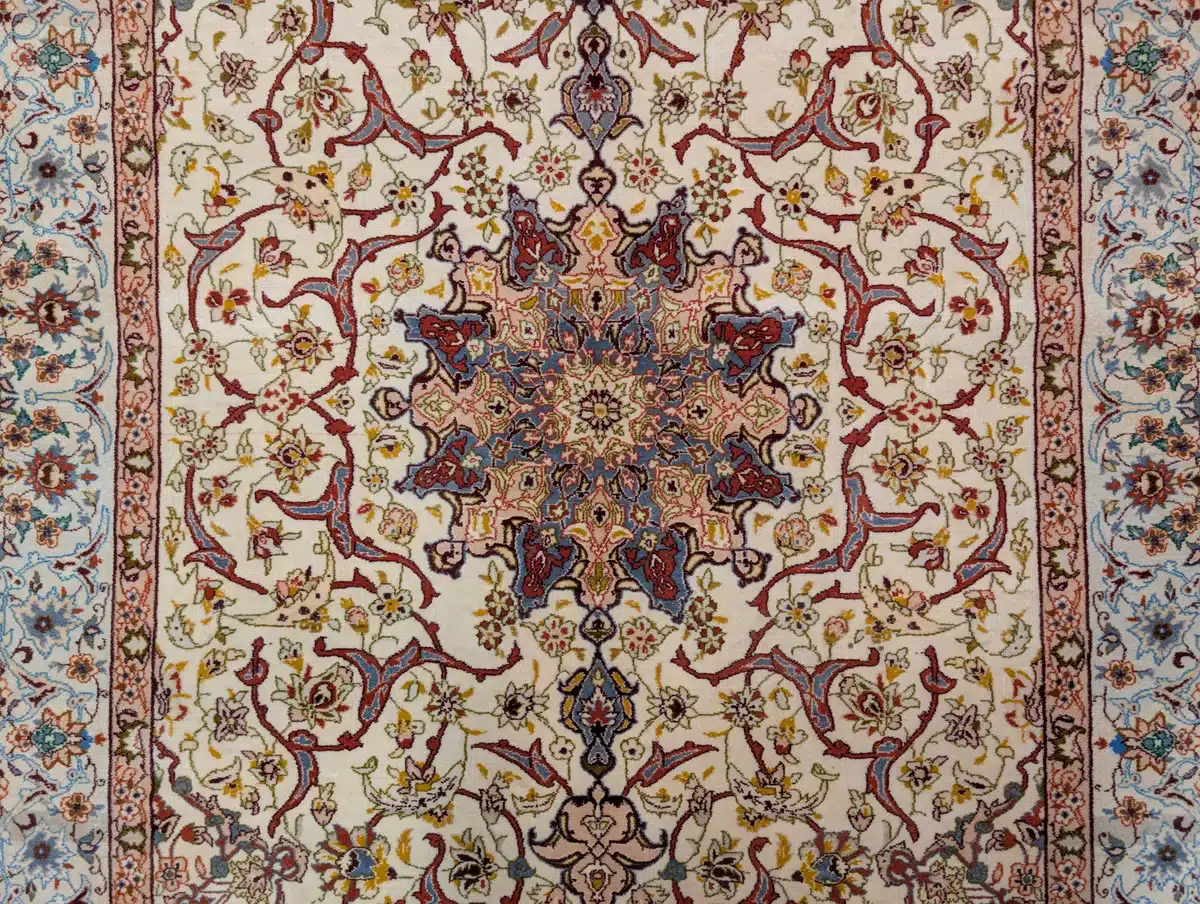
Final Thoughts
A Persian Isfahan rug isn’t just a decorative item—it’s a piece of heritage. Whether used to bring warmth to a modern apartment or elegance to a traditional home, it invites timeless beauty into your space. By understanding its background and styling it with intention, you can create a room that feels both curated and deeply personal.
If you’re considering investing in a Persian Isfahan rug, it’s worth finding one that’s handmade and truly one-of-a-kind. The right piece will not only enhance your décor—it will become part of your story.
- 0shares
- Facebook0
- Pinterest0
- Twitter0
- Reddit0









